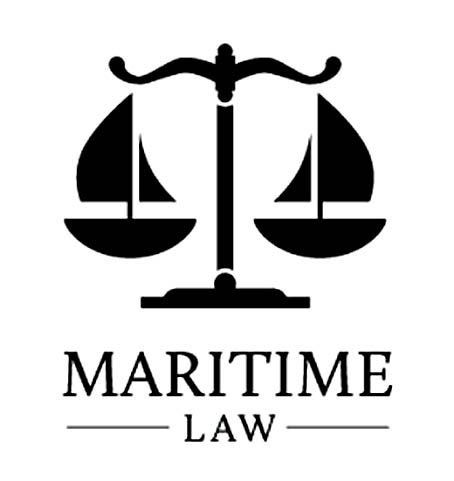In the 1997 film Titanic, the sequence of events involving the iceberg is both riveting and frightening. We feel the terror and helplessness of lookouts Frederick Fleet and Reginald Lee in the frigid night air of the crow’s nest as they spot the iceberg too late. First Officer William Murdoch frantically runs through the darkened bridge, swinging the levers of illuminated engine order telegraphs to “full astern.” Many decks below in the machinery spaces, Chief Engineer Joseph Bell alertly notices the “astern” command dropping everything to furiously reverse the massive triple-expansion steam engines.

After completing a mandatory New York Safe Boating Course, a young boater who is watching that scene for the first time might point out to her parents, “Why did they reverse the engines?” Our instructor taught us that cutting thrust on some personal watercraft could make you lose steering. And that could be just one of the important pieces of information that an experienced instructor could impart to students in the new mandatory safe boating classes.
Many readers are already aware of the new requirements for boating safety certificates from seeing advertisements for classes posted on the bulletin boards of their local supermarkets and shopping centers. While the 2024 requirements called for operators of motorized vessels born on or after January 1, 1978 to hold a safe boating certificate, as of January 1, 2025, all operators of power vessels will need one, regardless of age. This includes operators of personal watercraft (PWCs), more familiarly known to many by their manufacturer’s names, such as JetSkis, Wave Runners, or Sea-Doos). To operate a personal watercraft, one must be at least 14 years old.
The one-day classes (sometimes two days, depending on how scheduled) are offered through various boating organizations and commercial training centers. It’s best to check price details with course sponsors for exact costs, but many of the ads out there appear to run in the neighborhood of around $30. Courses are available in-person in a classroom setting and online. While the details of each institution’s syllabus could differ, some of the basic highlights covered for the certificate include:
▪ Boat types, basic terminology
▪ Types of propulsion – outboard, inboard, I/O, jet, basic maintenance
▪ Equipment – PFDs, fire extinguishers, flares, radios
▪ Dimensions – length, passenger capacity
▪ PWCs – unique features, unique hazards
▪ Sailboats – different parts: masts, booms, rigging, sails
▪ Navigation rules (Rules of the Road/COLREGs)
▪ Running lights, sound signals
▪ Aids to navigation, charts
▪ Docking, anchoring
▪ Alcohol, drugs, boating accidents
▪ Boating laws, enforcement
▪ Environmental compliance
▪ Weather, temperature, hypothermia
▪ Emergencies, first-aid, man overboard, rescue
▪ Canoes, kayaks, paddleboats, windsurfers
▪ Water skiers, scuba divers, fishermen
▪ And more
New York joins the long list of states that already have mandatory boating safety certificate programs in place. There are around four or five states out there that do not have mandatory programs in place. But even where not required, such courses could enable boaters to lower their insurance premiums.
One must be at least 10 years old to take the course. After completing the Safe Boating Course and passing the exam, boaters can receive a certificate, which must be carried on the water. There is an option to add an anchor icon to a driver’s license. Good luck to everyone who plans to take the course and exam!
